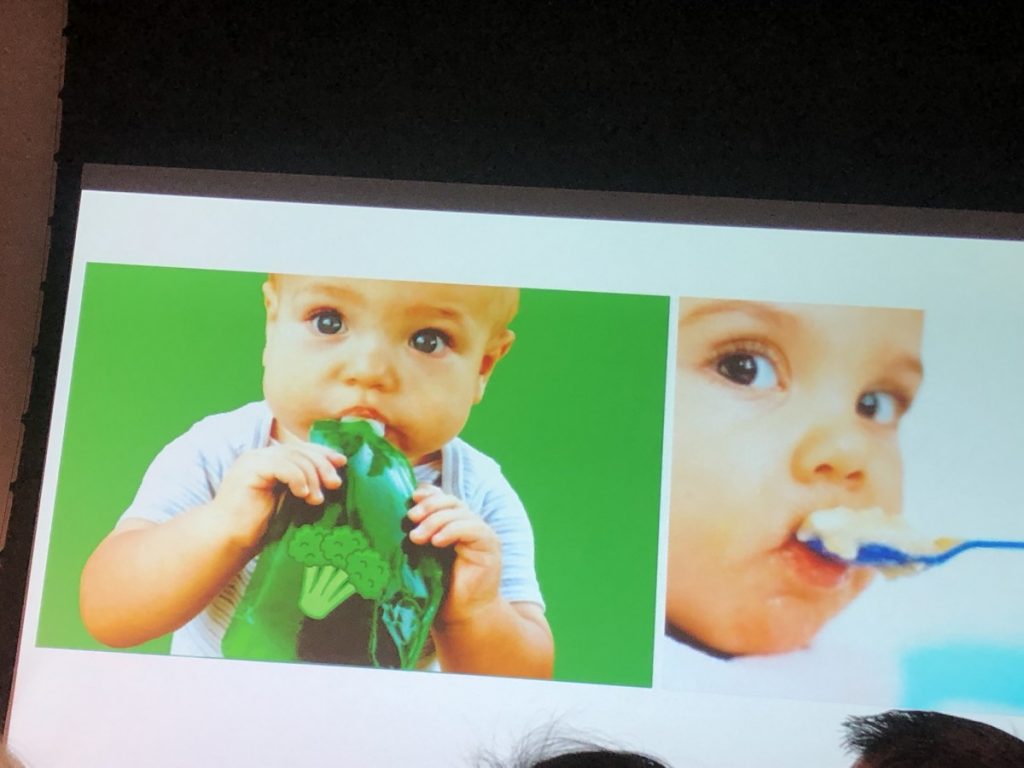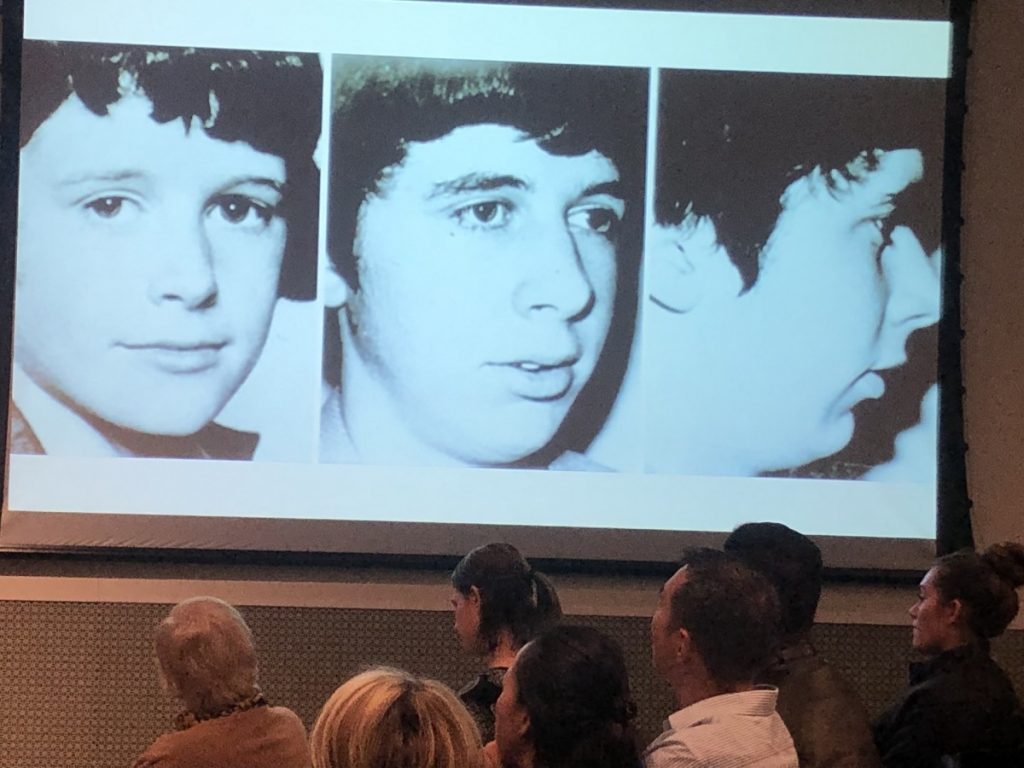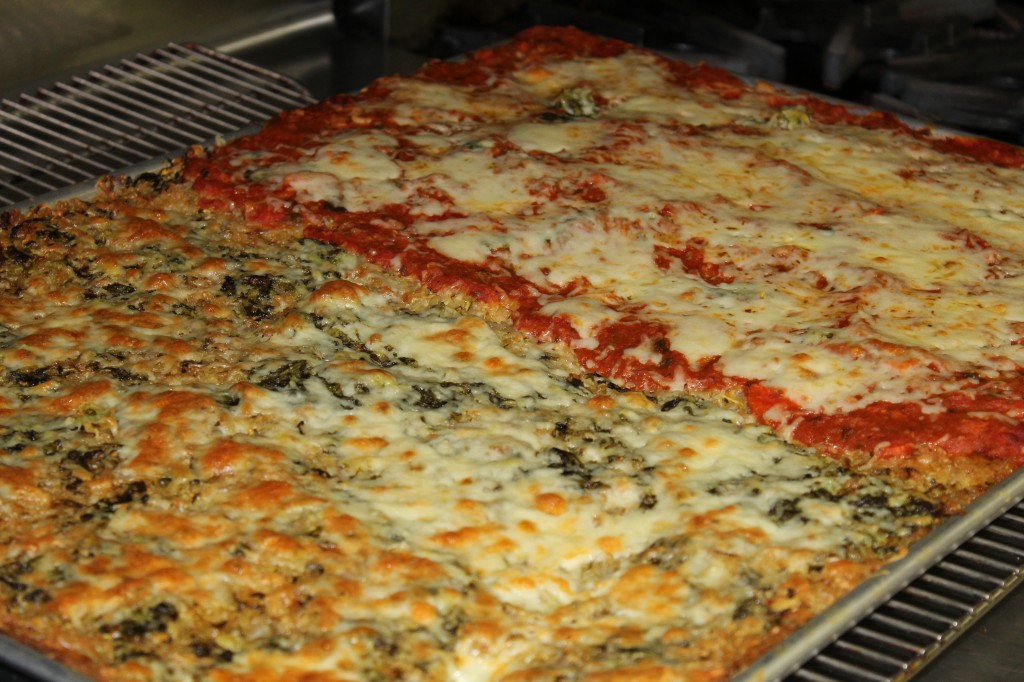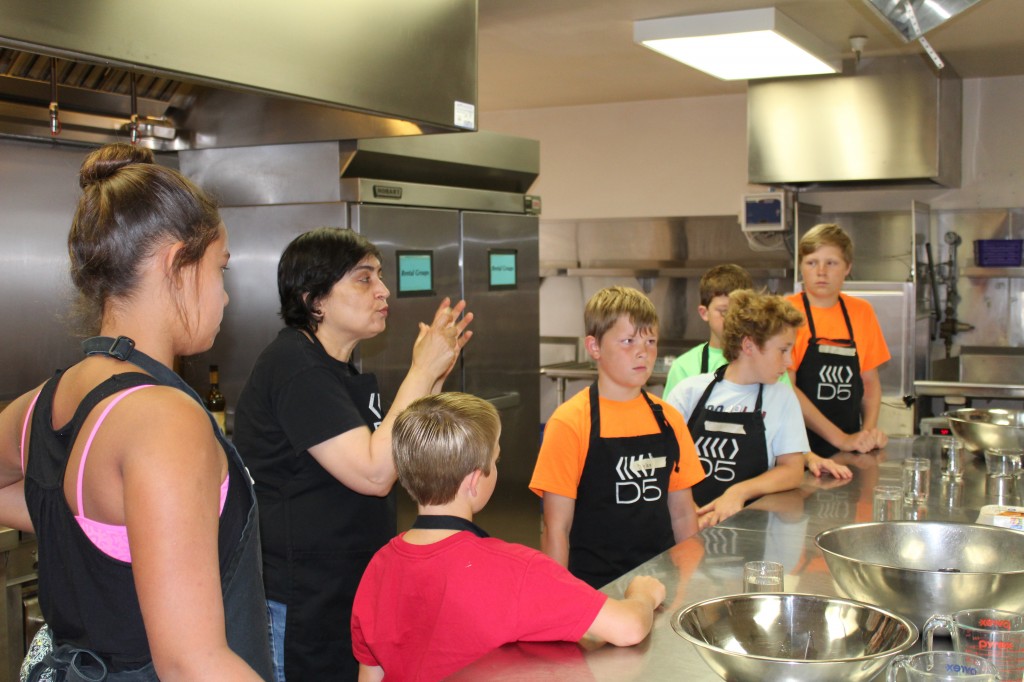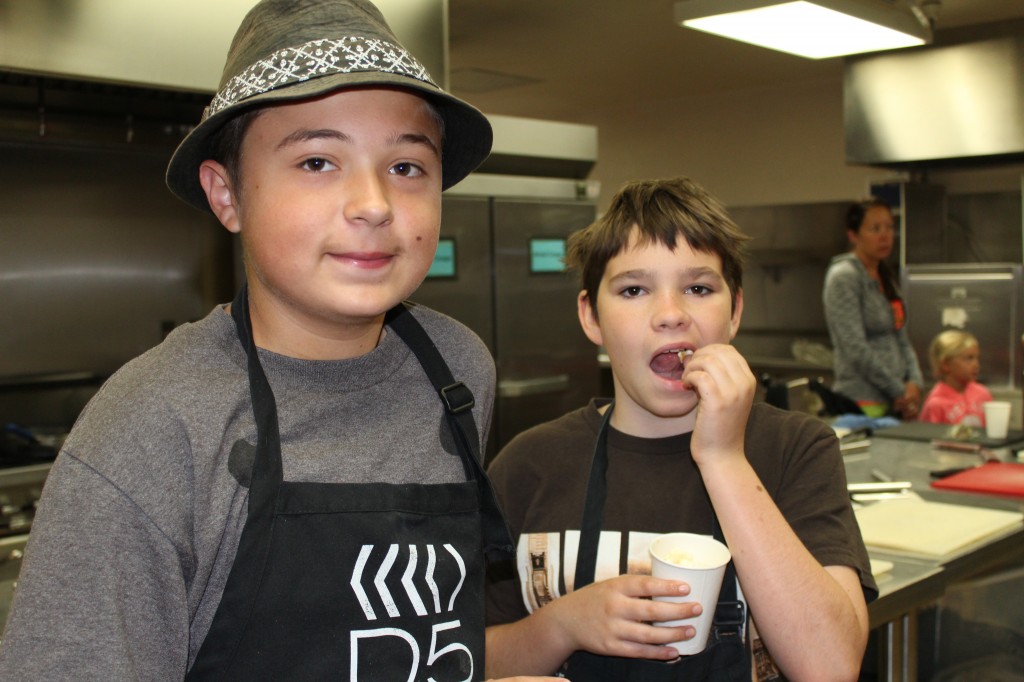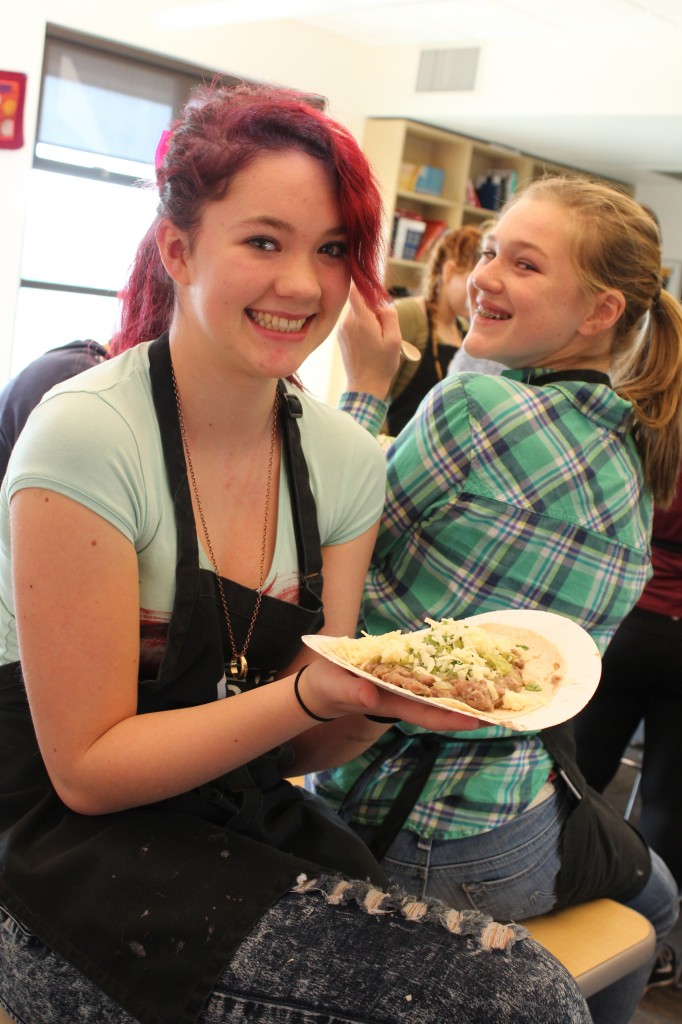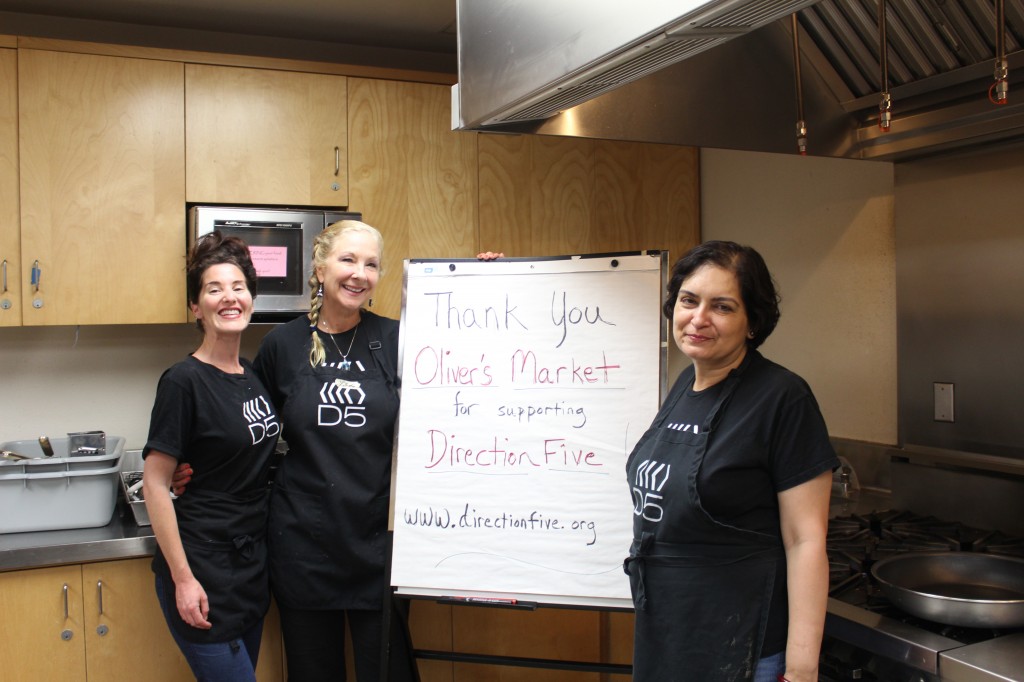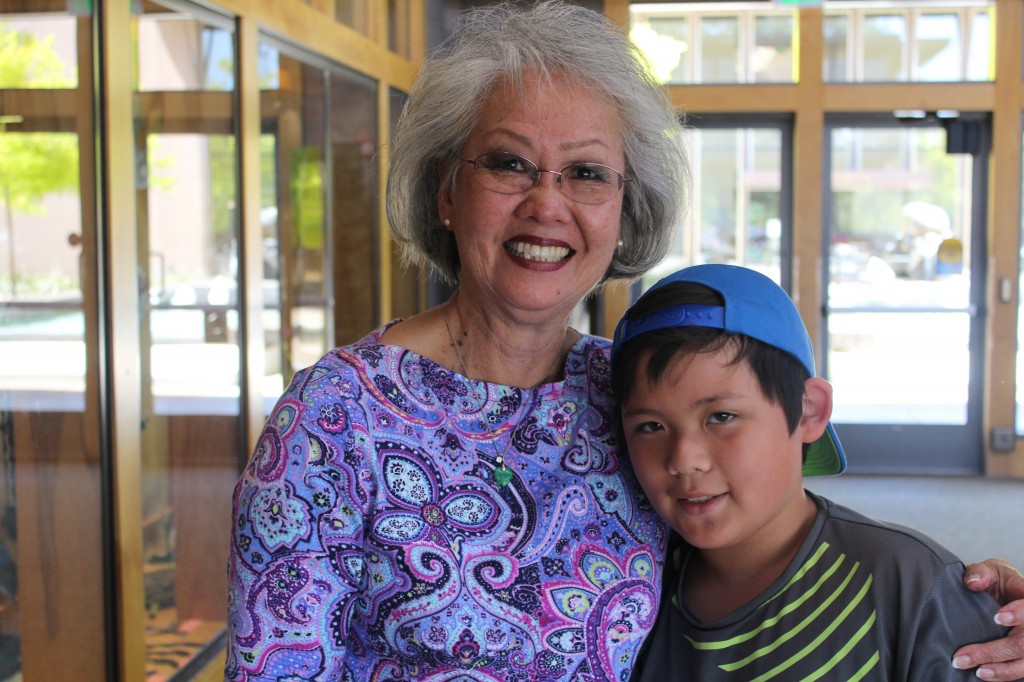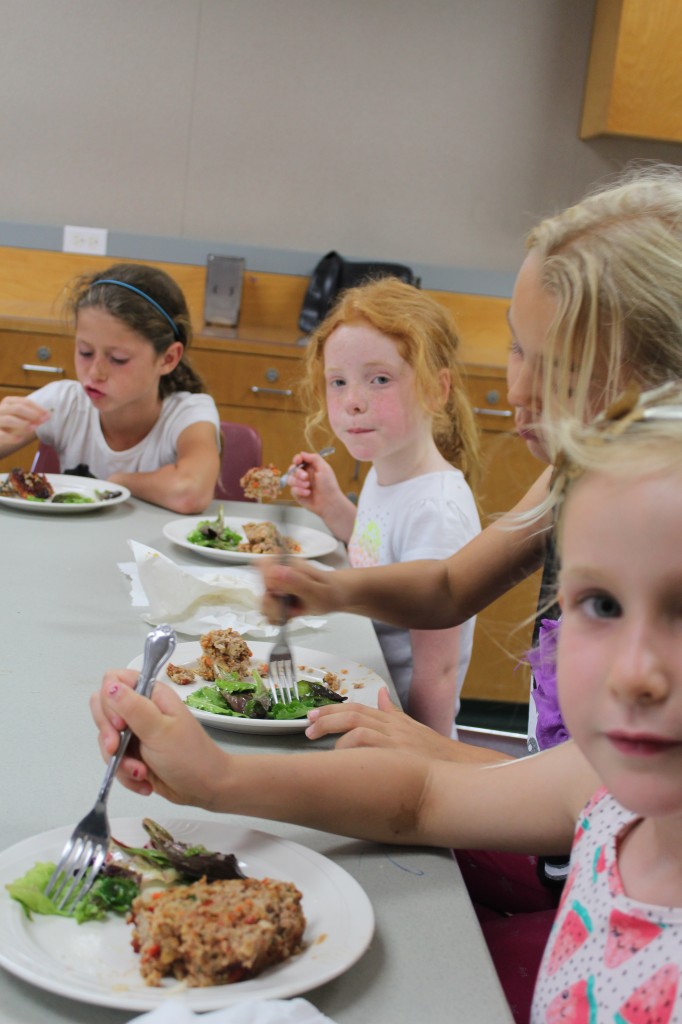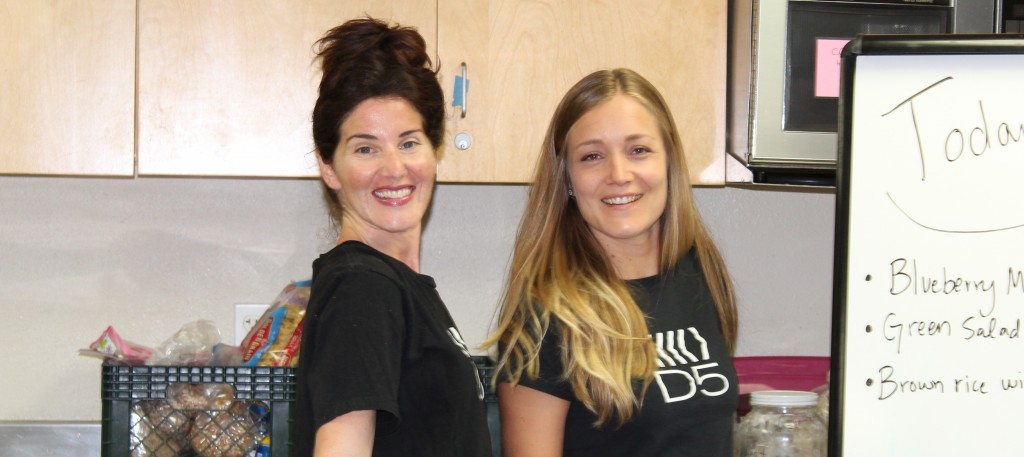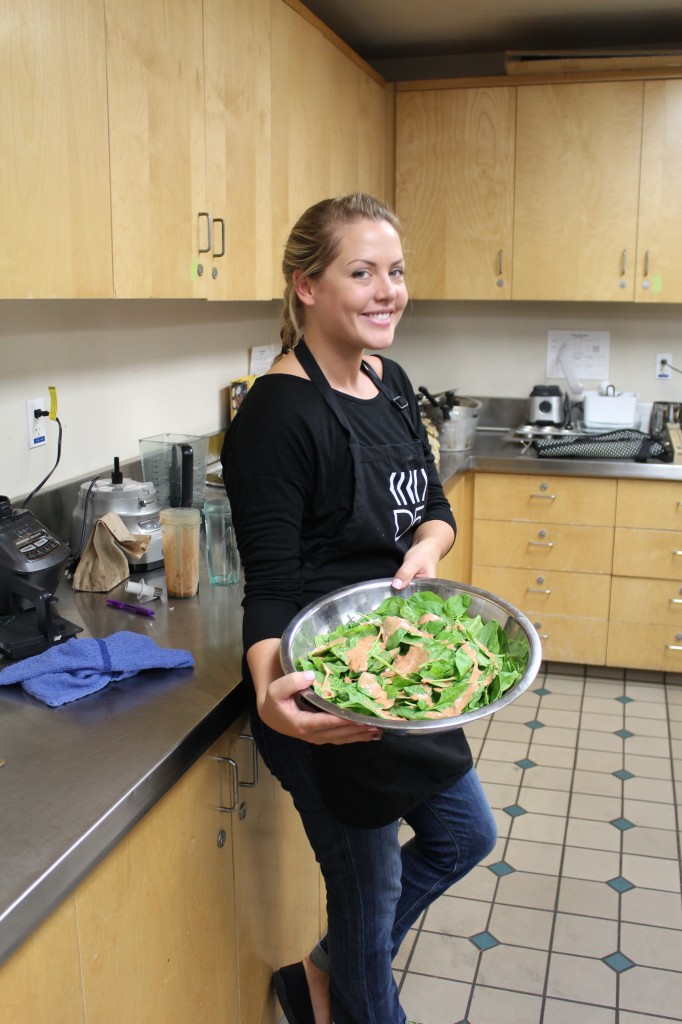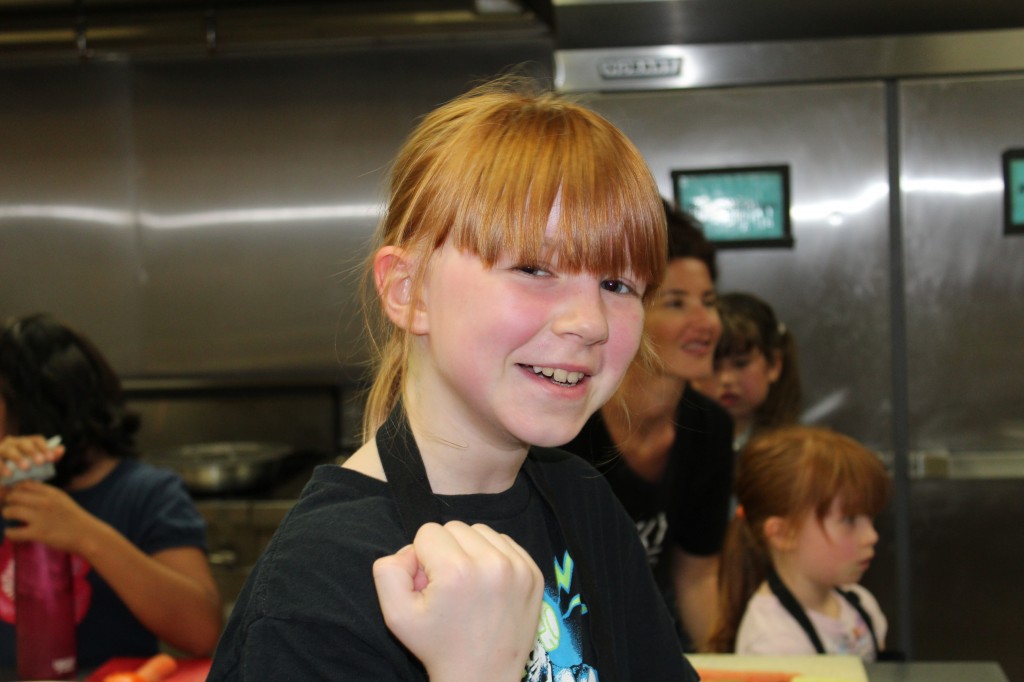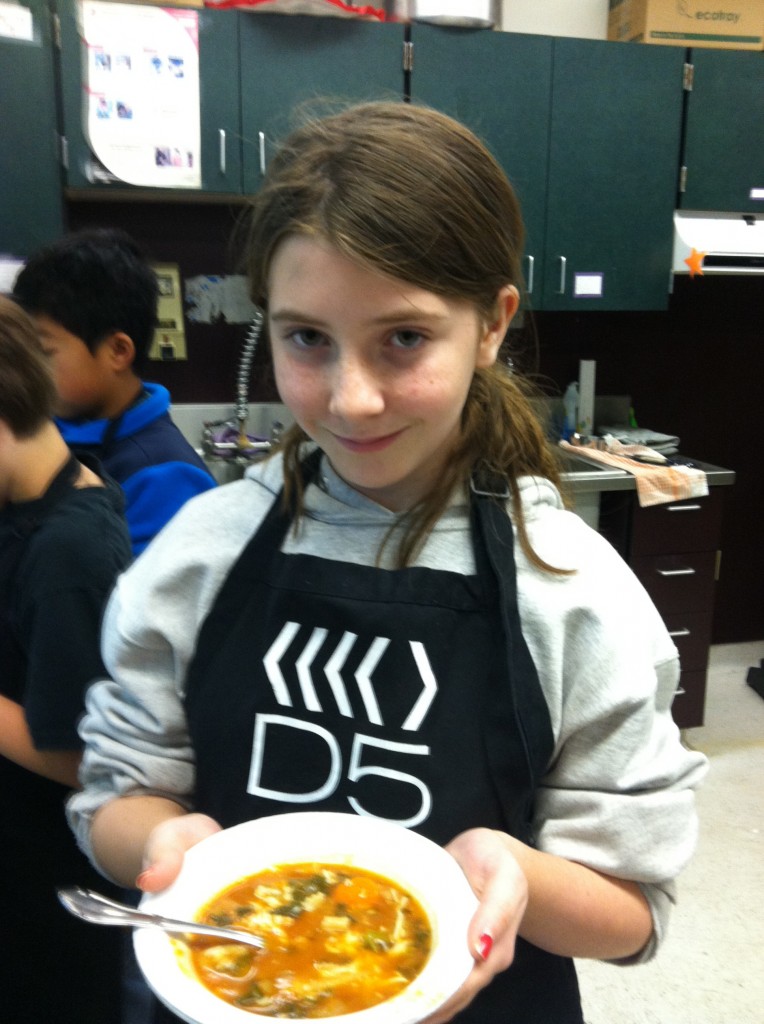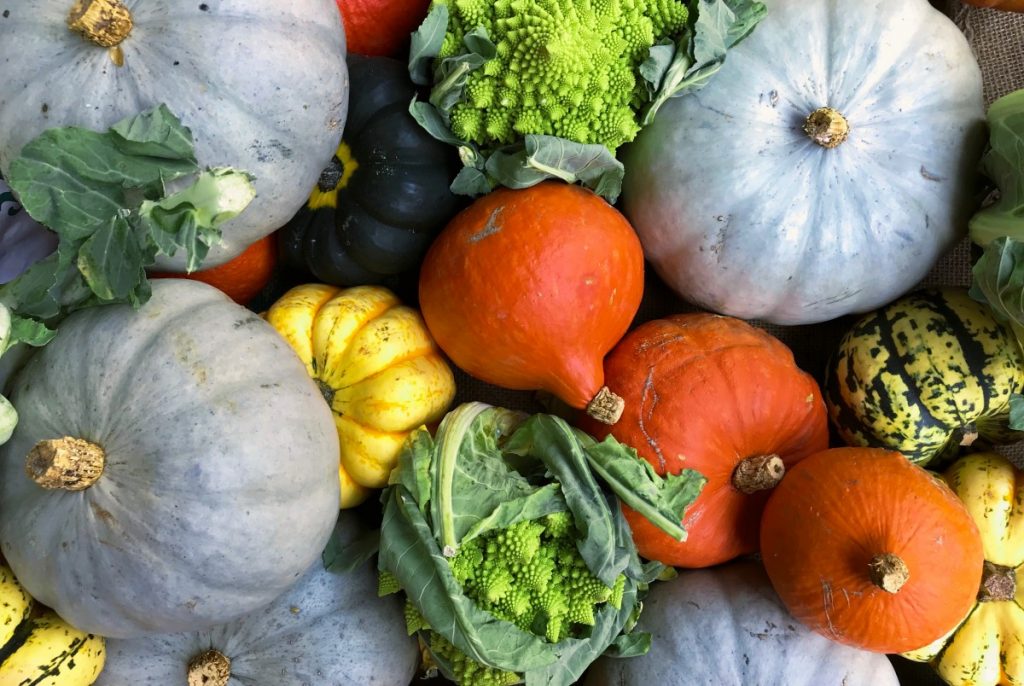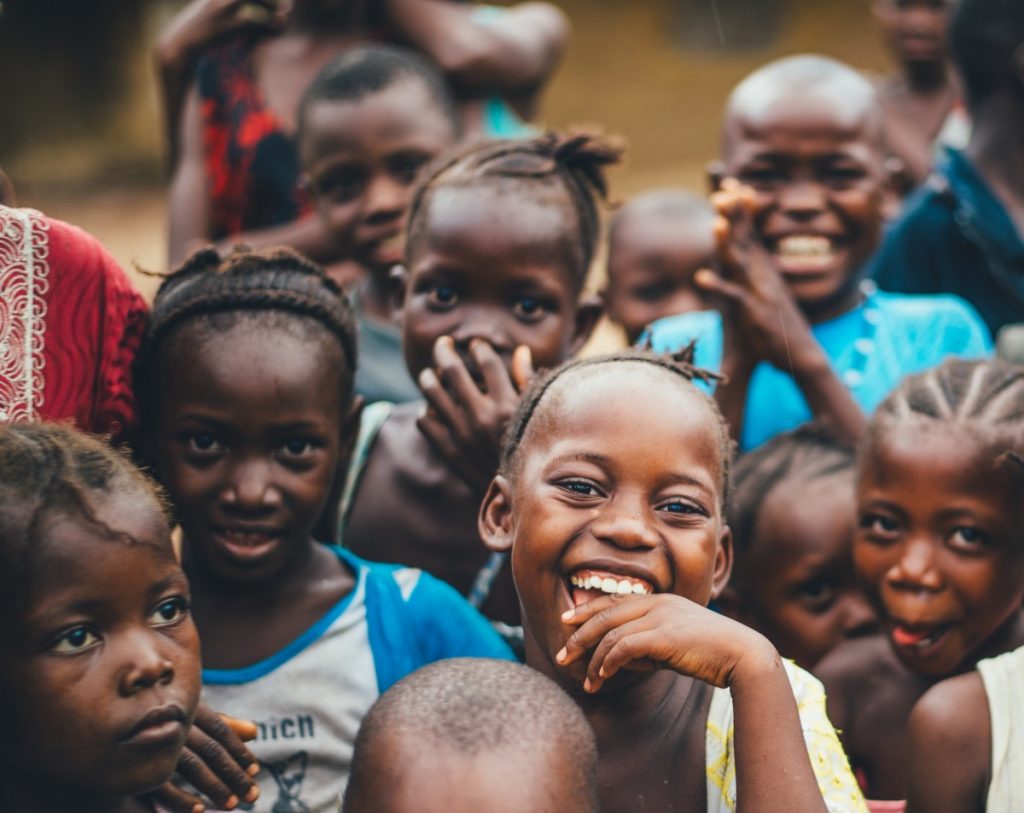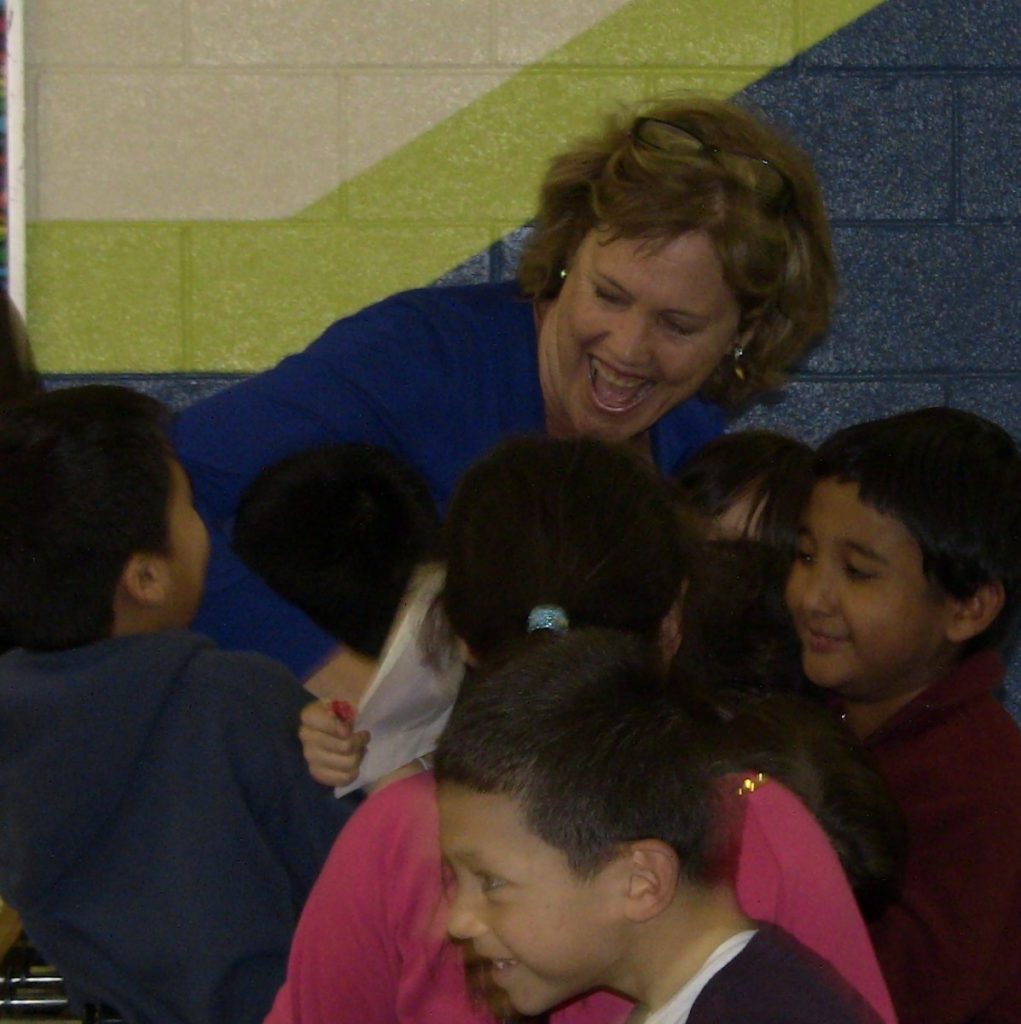Bone Health for Kids:
When I traveled the country interviewing kids, I was often asked to teach a class after I was finished the interviews. I was more than happy to of course! I chose bone health as the topic as it is a good segue into the dangers of soda and I found that kids correlated good health with strong bones. The below is really more of a checklist than an article.
Here are some basic facts about bone health for kids. Use this checklist when teaching groups of kids or your own children. Involve them by asking the questions and waiting for the answers. It’s really fun!
How many bones in an adult human body?
206. There are more in a kid’s body, as some bones haven’t fused together. More than half of our bones are in the hands and feet!
Does a human or a giraffe have more bones in their neck?
They’re the same!
Peak ages for bone density and growth is 9-12 years of age. By age 17, 90% of bone mass is established.
Think of bones like a bank account: You put in calcium until you reach the age of 18, then the bank is closed and you can only withdraw. This is an important visual for the kids.
Sources of calcium:
Dark, leafy greens such as collard greens and kale, spinach, chard, bok choy.
Broccoli
Calcium-fortified orange juice
Tofu
Almonds
Some cereals
Sardines
Dairy: Yogurt, cheddar cheese, milk
White beans
Pinto beans
How much calcium do you need a day as kids? That depends on age. The below are the upper intake level.
Infants 0-6 months 1,000 mg/day
Infants 6-12 months 1,500 mg/day
Children 1-8 years 2,500 mg/day
Children 9-18 years 3,000 mg/day
Adults 19-50 years 2,500 mg/day
What else is good for bone health?
Exercise! Weight-bearing exercise is particularly good for bones. This can be from light weight lifting or by using their own weight for weight bearing exercise; such as you do with pushups.
Osteoporosis means porous bones. Ask the kids if they know what this word means. Explain that porous bones are weak bones. Go to Google and type in Osteoporosis, and then click on images. Scary stuff.
What is not good for bone health?
Phosphoric Acid, found in sodas. It interferes with calcium absorption.
Caffeine also interferes with calcium absorption.
Kids like this next one and I am always surprised at how many kids know the meaning of the word. Ask them, do you know what ‘Euphemism’ means? Definition: The act or an example of substituting a mild, indirect, or vague term for one considered harsh, blunt, or offensive. Here is a real life example of a euphemism; ‘Energy’ drinks.
‘Energy drinks’ only give you short-term energy while doing a lot of damage to your good health.
Kids want strong bones and once they know the facts; they are more likely to lessen their soda and caffeine intake and increase bone-health foods.
Have fun with this and report back with your successes and comments.
Note: The above is very basic. With future posts I’ll give more detailed information and will include facts about vitamin D and bone health, and many other factors to help develop strong bones and ways to keep bones strong.


